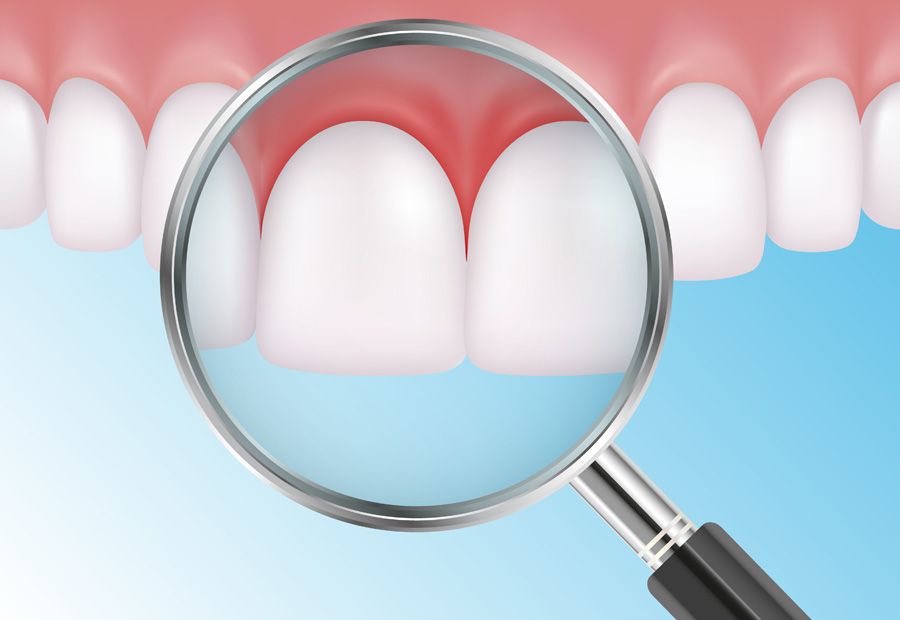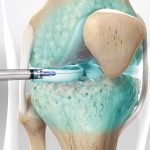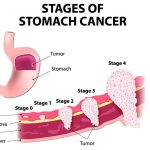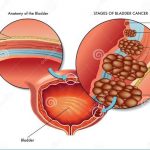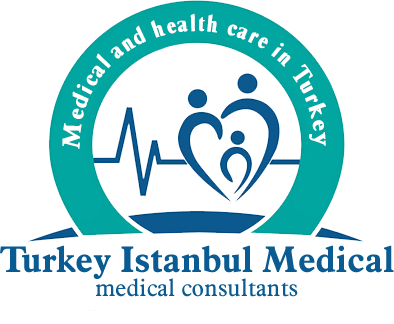Periodontology
The branch of science that deals with the diseases and treatment of the bone surrounding the gums and roots is called periodontology. Since the subject is gum and bone diseases, it enters the field of dentistry. The tissues surrounding your teeth consist of both hard and soft structures. These tissues are very important for your oral and dental health. Any discomfort in this area will also affect your body health in general.
Problems such as inflammation of the gums and osteoporosis are the main subjects of periodontology. The most appropriate treatment method is used to save the tooth and eliminate inflammation.
The disease that occurs with the destruction of the teeth and the tissues that support the teeth is called periodontitis. It is an inflammatory disease. This inflammation has progressed to the jawbone. The main cause of this disease is bacterial plaque.
Gum bleeding is usually the first symptom of periodontal diseases. If you have blood in your saliva when you brush your teeth, you may have gum disease. With this symptom, bad breath and sensitivity in the teeth can also be seen, in which case it would be beneficial to go to a periodontologist.
What Does a Periodontologist Mean?
Those who have completed their doctorate education in periodontology and received their expertise are called periodontists. All dentists can define periodontal diseases.
They treat them in the early stages. However, the advanced ones are treated by periodontologists.
After the first examination and oral x-ray, dentists care for the disease according to the course of the disease or refer to a periodontist. With the early diagnosis of the disease and the right treatment, your teeth will be saved and you will regain your oral health.
What Does a Periodontology Specialist Do?
When dental care is not done correctly and completely, bacterial plaque forms on the teeth due to reasons such as tobacco/cigarette use, genetics, drug use, and disease. When these plaques are not cleaned, gum recession occurs first. Bacteria move towards the roots of the teeth. Tooth roots become unable to be supported by the gingiva. It starts to shake and eventually falls.
The periodontologist first measures the length of the gingival pocket between the tooth and the gingiva with the “periodontal probe” of the patient who comes for examination. Performs periodontal examination.
He or she will order X-rays to evaluate the bone tissue around the teeth. Determines the treatment method according to the films and examination results.
Periontologists apply different treatment methods according to the stage of the disease. If periodontal disease is in the initial period, dental and environmental cleaning is done. It gives advice on correct and proper brushing.
They apply non-surgical treatment methods such as tooth surface cleaning, root surface straightening, curettage procedures, occlusal arrangements.
Methods are as follows;
- Treatment of gingival recessions,
- Treatment of gingival enlargements,
- Surgical applications to treat tissue loss due to gingival diseases,
- Bone grafts, membrane applications, soft tissue grafts,
- They perform surgical applications for gingival aesthetics.
We can list the operations performed by periontologists as follows;
- They clean the plaque and tartar that causes gum disease.
- They correct malformed gums due to genetic disease or trauma.
- They inform patients about ensuring oral hygiene.
- They treat gingival infections with non-surgical methods.
- They treat gingivitis by surgical method under local anesthesia
What Is Periodontology, What Does It Look At?
Gum diseases do not bother people at a single point. There are very sensitive nerve endings around the teeth and a strong structural bond that will affect the whole body. A general disease is seen in people who have problems with the female.
Because toothache has an effect that will significantly affect the general functioning of the neck, headaches and the whole body in general.
Any dental treatment that is postponed as a simple toothache can cause permanent damage to the gums and many irreversible damage to the root of the tooth, leading to tooth loss later on. In this process, long-term inflammation and the general restlessness caused by it is a factor that significantly reduces the quality of life of the person in his normal life.
How is Periodontology Treatment Done?
Gum diseases are first detected as a result of the X-ray taken inside the mouth as a result of the doctor’s examination. With X-ray, it is observed that the gingival recession and tooth roots or larger than normal sizes are observed. If there is an inflamed tissue, it is determined in which regions it is. Dental plaques, on the other hand, take up more space over time and completely surround the root of the tooth.
How Long Does Periodondontology Treatment Take?
The duration of treatment for each gum disease varies. Control periods completed in an average of 66 months reduce the procedure time up to 2 months for advanced gingival patients.
